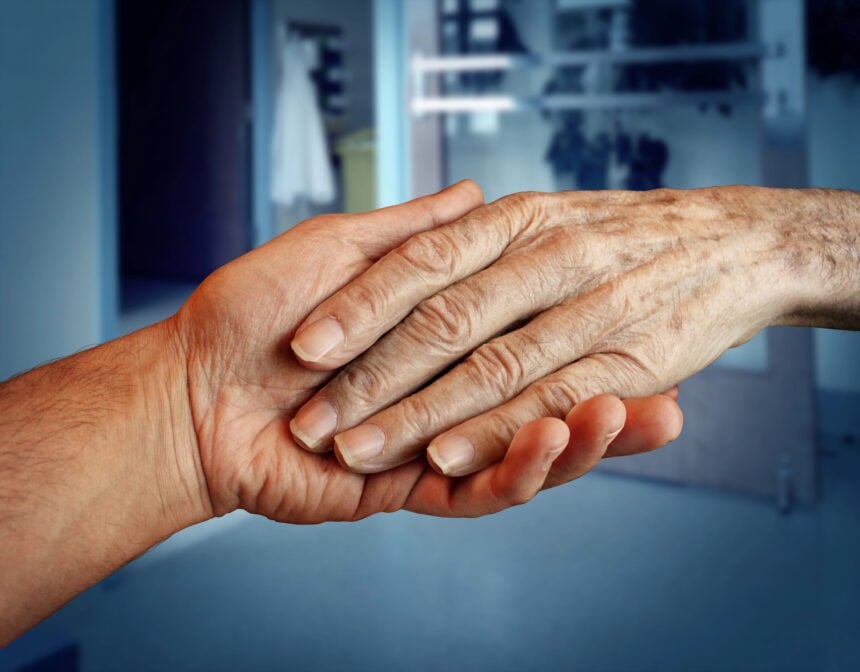A couple of days ago, we published an article talking about the benefits of software that helps doctors and patients communicate. Today, we wanted to talk about the importance of patients communicating with each other and the benefits technology offers. Patient communities play a key role in this.
The Internet has drastically changed the state of healthcare in the United States and the rest of the world. According to one study from Sweden, 80% of people use the Internet to find health information and 18% report joining communities of peers to learn more about certain health problems.
There are a lot of great reasons to use patient communities. They can help provide emotional support to people that are struggling with stress from certain health issues. Patient communities also help people find anecdotal evidence that helps treat certain issues.
There is another reason they can be beneficial that doesn’t get nearly as much attention. Healthcare providers, pharmaceutical companies and other healthcare organizations use patient communities to learn more about the challenges patients face. This helps them come up with better products and services to treat them.
Carenity Pro is a leading social platform that has served over 500,000 patients and healthcare professionals around the world. It has helped people struggling with over 1,200 different illnesses. A growing number of healthcare professionals and authorities are using services like Carenity Pro to provide better services.
Here are some of the key benefits of patient communities.
Driving Pharmaceutical Innovation
Patient communities help offer valuable information for pharmaceutical companies. This helps them develop better treatments that can serve patients better. This can have remarkable benefits for patients, since innovation is the future of healthcare.
Synthesis Health has a great article about this on LinkedIn. The article reports that patient communities and pharmaceutical companies are a natural partnership.
“Managed correctly, relationships between pharma and patient communities can be mutually beneficial. While pharma possesses the scientific expertise, resources, and capacity to develop innovative therapies, patient communities offer invaluable insights into the lived experiences, challenges, perspectives, and unmet needs around illness, whether it be acute or chronic. By combining these complementary resources, pharma-patient partnerships ensure that the industry focuses on the fundamental vision that unites them.”
Many patients have unique experiences, which can make it difficult to come up with a one-size-fits-all option. However, many pharmaceutical companies can look for patterns to create new drugs that can serve different patient profiles.
Influencing Regulatory Decisions
Regulation is another major issue in the healthcare sector. A growing number of medical device manufacturers and drug companies have to deal with more red tape, as regulators strive to increase patient safety.
Patient communities can play a prominent role in helping regulators make more informed decisions. This can reward medical innovators that create quality products and ensures that dangerous products stay off the market.
Shaping Market Access Strategies
Both healthcare providers and public service officials strive to make sure customers have access to quality healthcare products and services. They can help make sure that citizens get the highest quality healthcare services and products by looking at patient communities to see which offer the best results.
Evaluating Real-World Effectiveness
All healthcare products need to be tested in clinical settings before they can be brought to market. However, the sample sizes in these tests is not always enough to predict real-world outcomes.
This is where patient communities can be so helpful. They shed light on how effective various products and services are. This can help manufacturers develop even more effective products in the future. They can also provide useful insights to companies that want to fine-tune their existing products.

